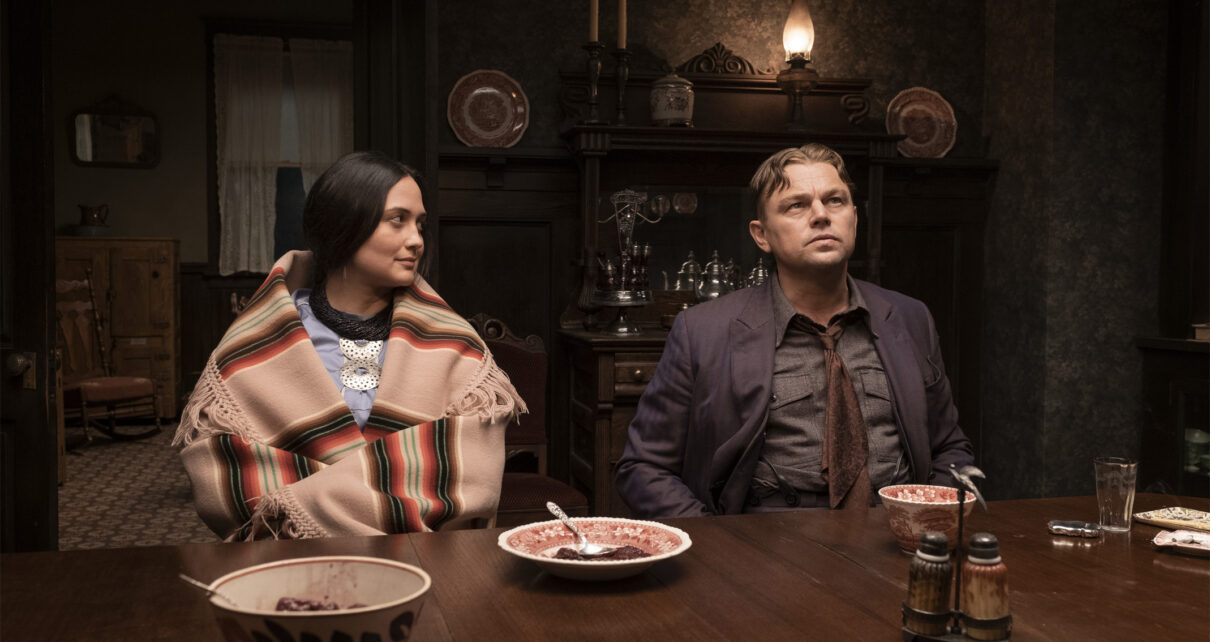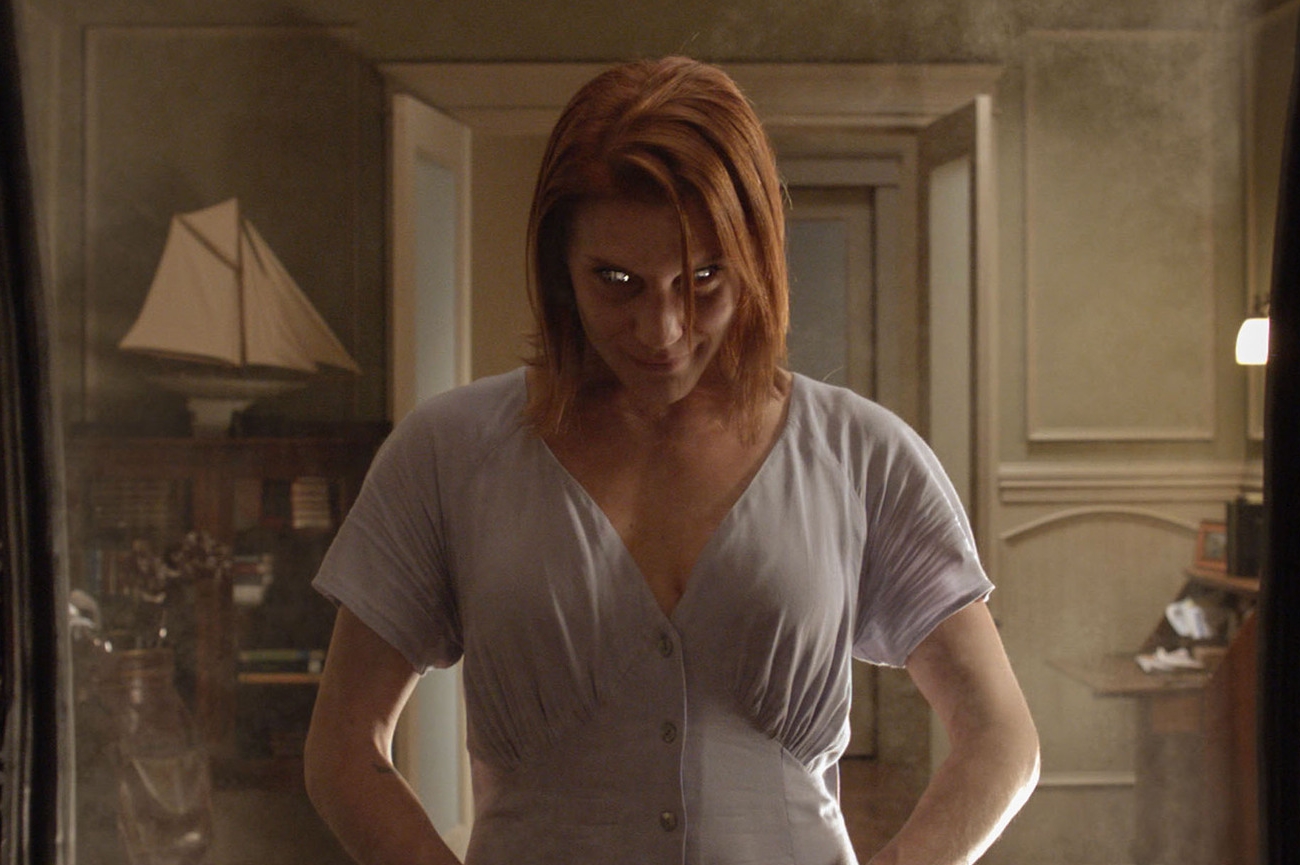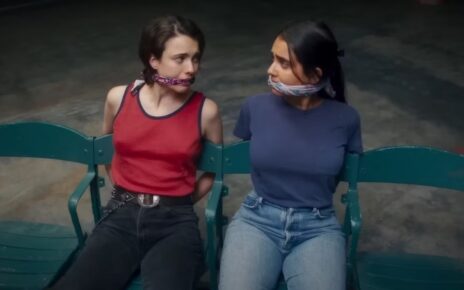What is it about Martin Scorsese films that makes them so maddeningly satisfying and unsatisfying simultaneously? On the one hand, Martin Scorsese is a true professional, as good as any in the biz. When he makes a motion picture, you know that was exactly the picture he intended to make. On the other hand, Scorsese often prides himself on the ability of the audience to see themselves within the characters he has created.
That’s where he loses me. Never having been a fan of the mafia, pure greed, or brutal violence, I have never seen myself in Jake LaMotta, Jordan Belfort, or Travis Bickle. Are you talking to me? Are you, sir, indeed, talking to me? I’m going to assume that you are, as it would seem silly to assume otherwise. Take this flavor of the week, the “protagonist” -for lack of a better word- from Killers of the Flower Moon, Ernest Burkhart (Leonardo DiCaprio). Ernest is a dull-witted crime-family middle-manager who enjoys money, except the energy it takes to earn it. His redeeming traits seem to be a loving father and a devoted husband – well, sorta, er, not the part where he may or may not be poisoning his diabetic wife, Mollie (Lily Gladstone).
When any of these characters hit the screen I don’t say, “That’s me!” as so many do at Scorsese films. I also cannot say that Killers of the Flower Moon is going to lend itself to a trove of new memes. Sorry, Leo fans; no matter what awards Killers attracts, it ain’t the film you’re gonna be quoting or referencing often.
In 1920, the world suddenly needed oil. The Osage, a midwestern Native American tribe, had plenty. Overnight, the tribe got rich, rich, rich. Per capita richer than any other peoples in the world. And overnight plus a day, white people moved in. And *sigh* there goes the neighborhood.
Ernest, still in his WWI uniform, had been summoned by his rich uncle, Bill Hale (Robert De Niro, in what may well be his last great role ever). Bill is a cattle man among oil barons, but still managed to carve out an impressive life. Why did he summon his nephew? First, to be a chauffeur for the local tribespeople, but ultimately as an in-between layer for the thugs he uses to manipulate and abuse the local population.
Somewhere in the mix, there’s a two-star romance to be had between DiCaprio and Gladstone. This is all formality; Scorsese really wants to get to the part where Ernest is a doting husband to one native woman while making moves to destroy others (including Mollie’s sisters). There’s a new dead body about every ten minutes in this film. It couldn’t be clearer that the Osage had a pretty good thing going on until white people got there. Even the good stuff white people bring, like ice cream, are roots of evil – in this case, Mollie’s diabetes.
Killers of the Flower Moon is long. That is, unfortunately, the film’s most salient characteristic. The occasional dead bodies help spice up the pace a little, but I honestly found myself wanting more than evil DeNiro, mediocre DiCaprio, and sickly Gladstone. Is it too much to ask that a 200-minute film have a genuine  rooting interest? Peter Jackson makes 200 minutes films with about a dozen rooting interests each. Perhaps that is true fantasy, but I wish the two directors could find a happy medium. The work is quality, but ultimately tiresome. However, while I didn’t love the film, I did appreciate greatly the messages it brought.
rooting interest? Peter Jackson makes 200 minutes films with about a dozen rooting interests each. Perhaps that is true fantasy, but I wish the two directors could find a happy medium. The work is quality, but ultimately tiresome. However, while I didn’t love the film, I did appreciate greatly the messages it brought.
The political bent is the best part of this film, IMHO. There is little question in my mind that Scorsese and DeNiro wanted to put front-and-center a Trumpian kingpin for all to see. DeNiro’s Bill Hale is outwardly a friend to the community and inwardly a greedy psychopath. This character is a direct message to all who claim Trump is innocent because of his hands-off approach to the crime he dictates wherever he goes. Take it from Bill Hale: one can commit any number of hideous, evil deeds without ever getting his hands dirty. That is exactly who Donald Trump is.
The other political commentary Scorsese made here is the unconventional destruction of Native Americans at the hands of white invaders. Perhaps “Osage” was synonymous with money in the 1920s; 100 years later, that sure isn’t the case. Here is a situation in which Native Americans have everything and every advantage … and white people still screwed up their world. Congratulations, us. We are the historical planetary champions at making things worse (while telling you we are making things better). In short, I love what this film said much more than the story it told. If that’s good enough for you to spend an entire extended evening, go for it.
There once was a meandering drifter
Whose uncle said, “it’s time for a shifter”
So he settled instead
Well in over his head
Cuz all he wanted to be was a grifter
Rated R, 206 Minutes
Director: Martin Scorsese
Writer: Eric Roth, Martin Scorsese, David Grann
Genre: Why is there no intermission?!
Type of being most likely to enjoy this film: The kind of people who can’t wait to hand Scorsese another Oscar
Type of being least likely to enjoy this film: Where’s the good part?



